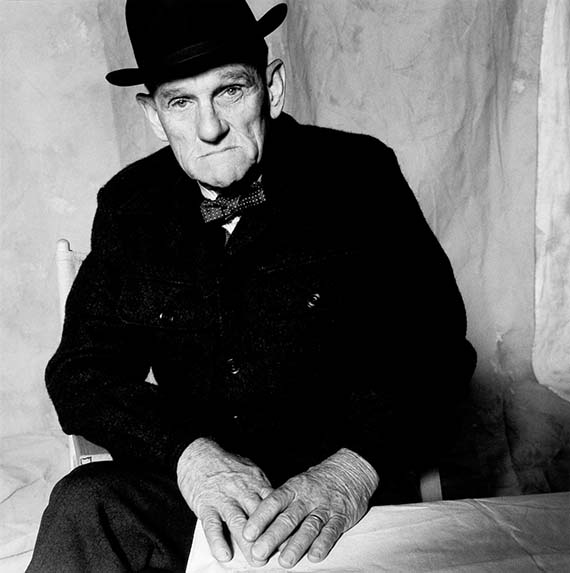
The works of Sam Fullbrook, one of the most important Australian painters of the twentieth century, are on display in their first significant exhibition in almost two decades. Fullbrook’s ideas about painting were captured in an interview in 1985.
In December 1985, filmmaker John Cruthers interviewed painter Sam Fullbrook (1922–2004) at his studio in Oakey on the Darling Downs. His exciting use of colour and abstraction is showcased in a retrospective exhibition that includes more than 30 paintings and a group of works on paper, with subjects including portraiture, landscape, horseracing and coastal scenes.
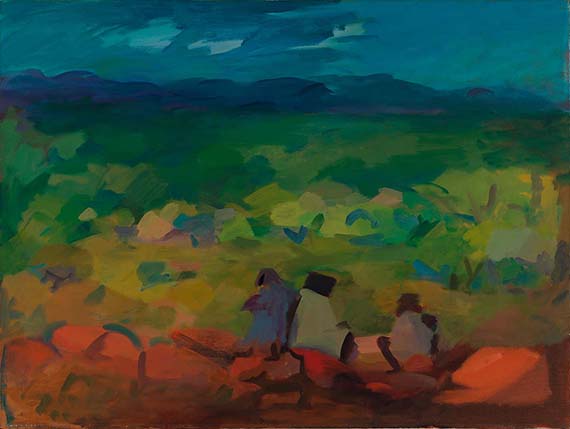
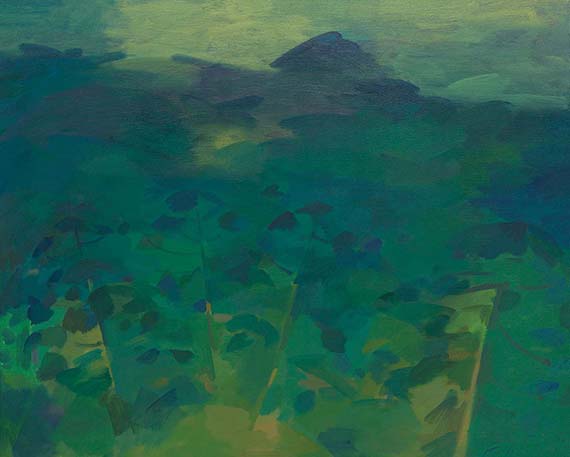
A lot of people say, ‘that old bushman Sam Fullbrook’, but I’m no bushman. I was brought up in the heart of Sydney. Probably, I get that bushman bit because I’ve spent half of my life in the bush and I like living in the bush. No, I’m not a bushman, I’m a painter. I’m a good painter. I’m a portrait painter.
All the best paintings come from the best ideas. [A] lot of good pictures come from just hard work and a lot of good pictures come from accident. That’s what it’s all about, painting a good picture. There’s no such thing as an Old Master that is bad, so primarily there is technique. Technique is the thing that stands the test of time. Once you get [the colours] on the canvas, leave [them] there. If you make a mistake, don’t try and rub it out. Take your argument from what you did the day before. Don’t try and paint over . . . the application of colour to make a good picture: this is what you’re up to.
I have had a lot of experience in house painting. I’m not a house painter tradesman, but I have worked for a lot of very good tradesmen, and some of the most wonderful tricks or techniques of painting that I have learnt have been guided by people in house painting. If you buy an old board [with] coats of paint, you can study and you can see how the colour was got by the use of coloured undergrounds. They all use colours and white undergrounds . . . and if there was a warm underground there was a cool finishing coat, or if there was a cool underground, they would use a warm finishing coat. And that principle of the warm and dark, it’s just these basic principles . . . well, I suppose the science of colours.
The term alla prima, it’s Italian. The alla prima are some of the most wonderful portraits that have ever been. Those Rubens, some of the Fragonards — wonderful things. They’ve been painted in a couple of hours. There’s a piquancy, a vibrancy and an immediacy about the alla prima picture and, not only that, it lasts because it’s painted thinly and quickly and basically into the glaze. Yes, I think they’re the best pictures. Once you get excited about something, well, you’ve got an advantage. It’s going to have something that should have an influence on you. It’s full of portent. It’s going to be something wonderful. You take advantage of it. And you get it down — what it is — simple and quick.
I’ve always regarded myself as a portrait painter. Painting portraits well, it’s a highly disciplined craft. There’s a lot of drawing — I think that you should resume life [drawing] classes, say, two or three times a week. The format is pretty fixed. Basically, it’s like being a musician — it’s practice, it’s practice. It’s tuning the eye so that when something is put down, it’s in the right place. It’s discipline.
I’m just pictures. I don’t know what sort of a painter I am. It doesn’t particularly worry me whether I’m a good painter or a bad painter as long as I painted many pictures . . . I’m a good tradesman if you want a flower piece or a figure, a portrait or a drawing or a watercolour. I can turn my hand to all those things. Brilliance has nothing to do with being able to keep in business. Brilliance hasn’t much to do with painting pictures. Brilliance has nothing to do with anything really.
I wouldn’t say that I’m a very devout person, but I do go to church, pretty regularly, too. I am very much aware of the communal spirit — the meeting, the getting together of people, the support thing . . . ah, the gentle touch is not so terribly removed from meek either. It’s nice to think you can achieve something with the gentle touch — yes, delicate beauty.
This transcript, edited by Julie Ewington, Curatorial Manager, Australian Art, Queensland Art Gallery | Gallery of Modern Art, is of an interview originally recorded for the Australia Council in 1986, has been reproduced here with kind permission. Interview transcribed by Shirley Millett, Curatorial Intern.
‘Sam Fullbrook: Delicate Beauty’ is on view at QAG until 10 August 2014. An exhibition publication is available for purchase from the QAGOMA Store and online, and features some of Fullbrook’s most important portraits — including Ernestine Hill 1970, one of the Queensland Art Gallery’s most beloved paintings — landscapes and racetrack paintings, with a focus on works produced when the artist resided in south-east Queensland. Beautifully illustrated and featuring an interview with the artist by John Cruthers, Sam Fullbrook: Delicate Beauty is the first substantial publication of the intimate and highly individual works of Sam Fullbrook to be produced by a state gallery in almost two decades.
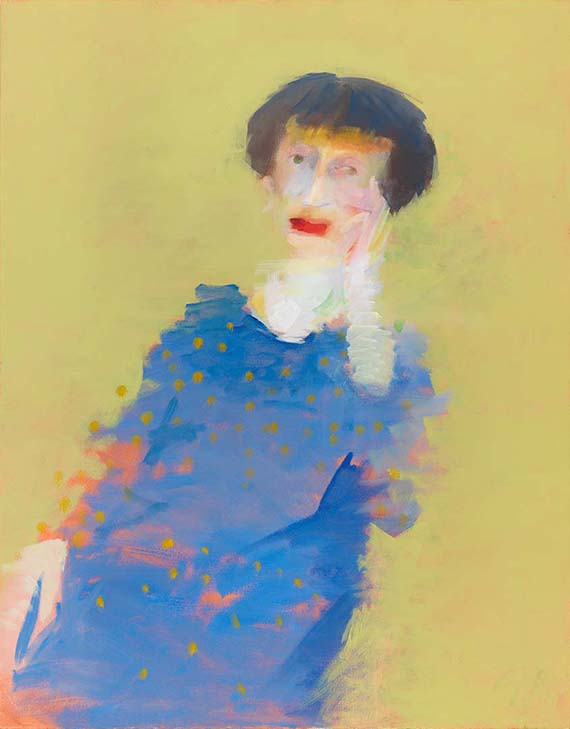
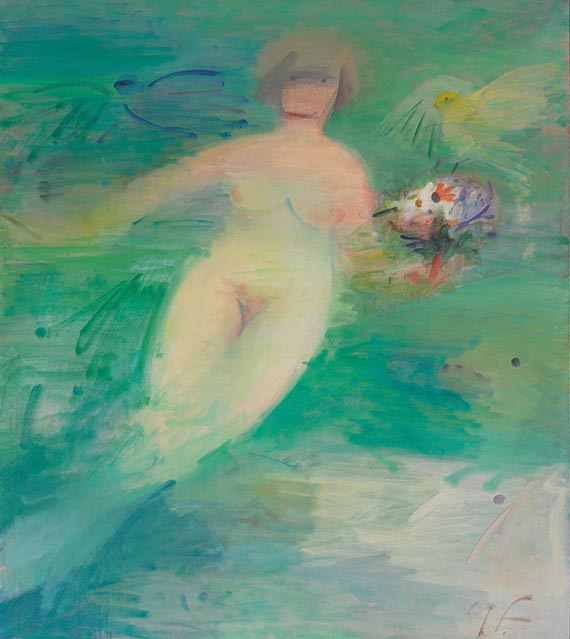
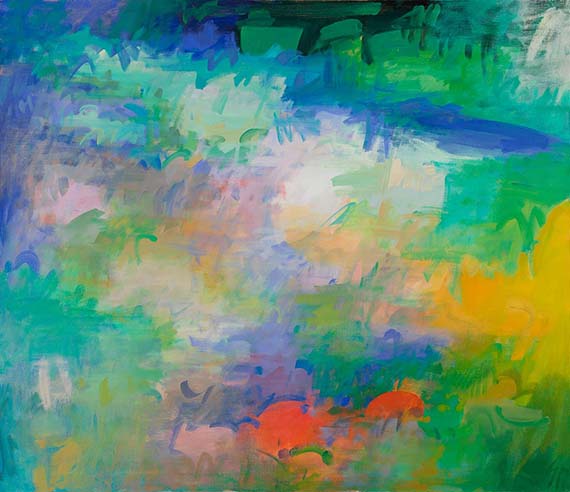
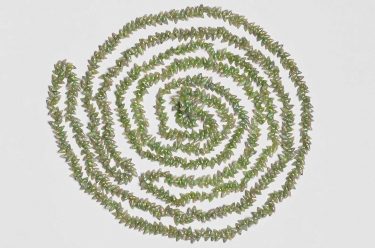
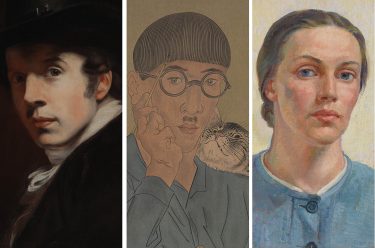
hi x